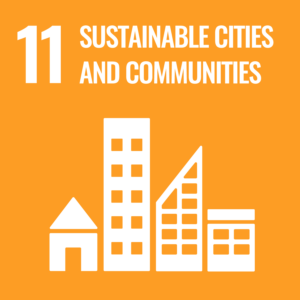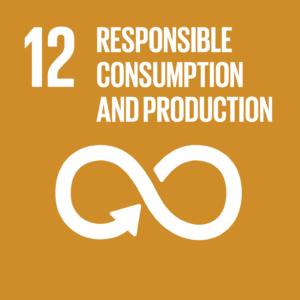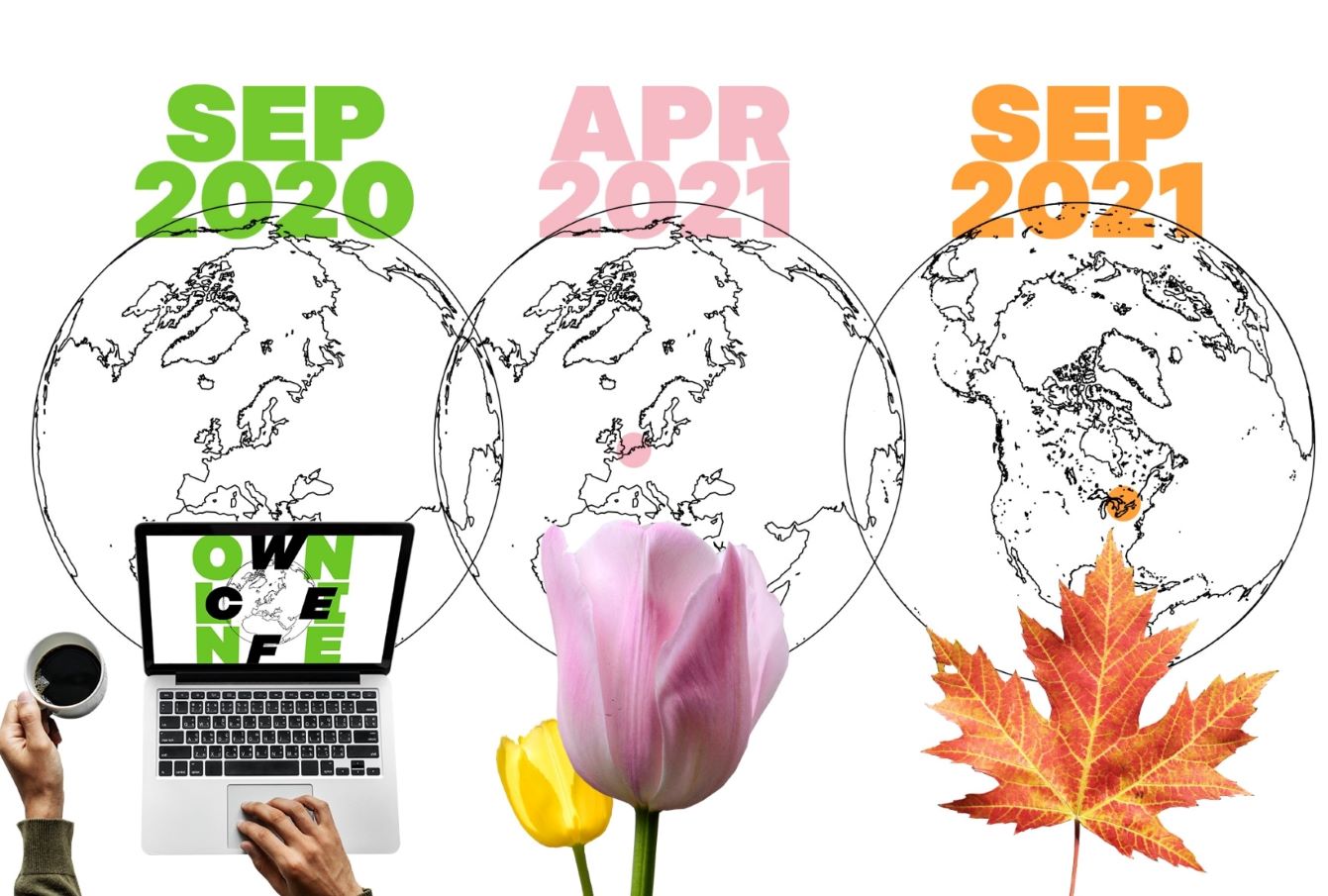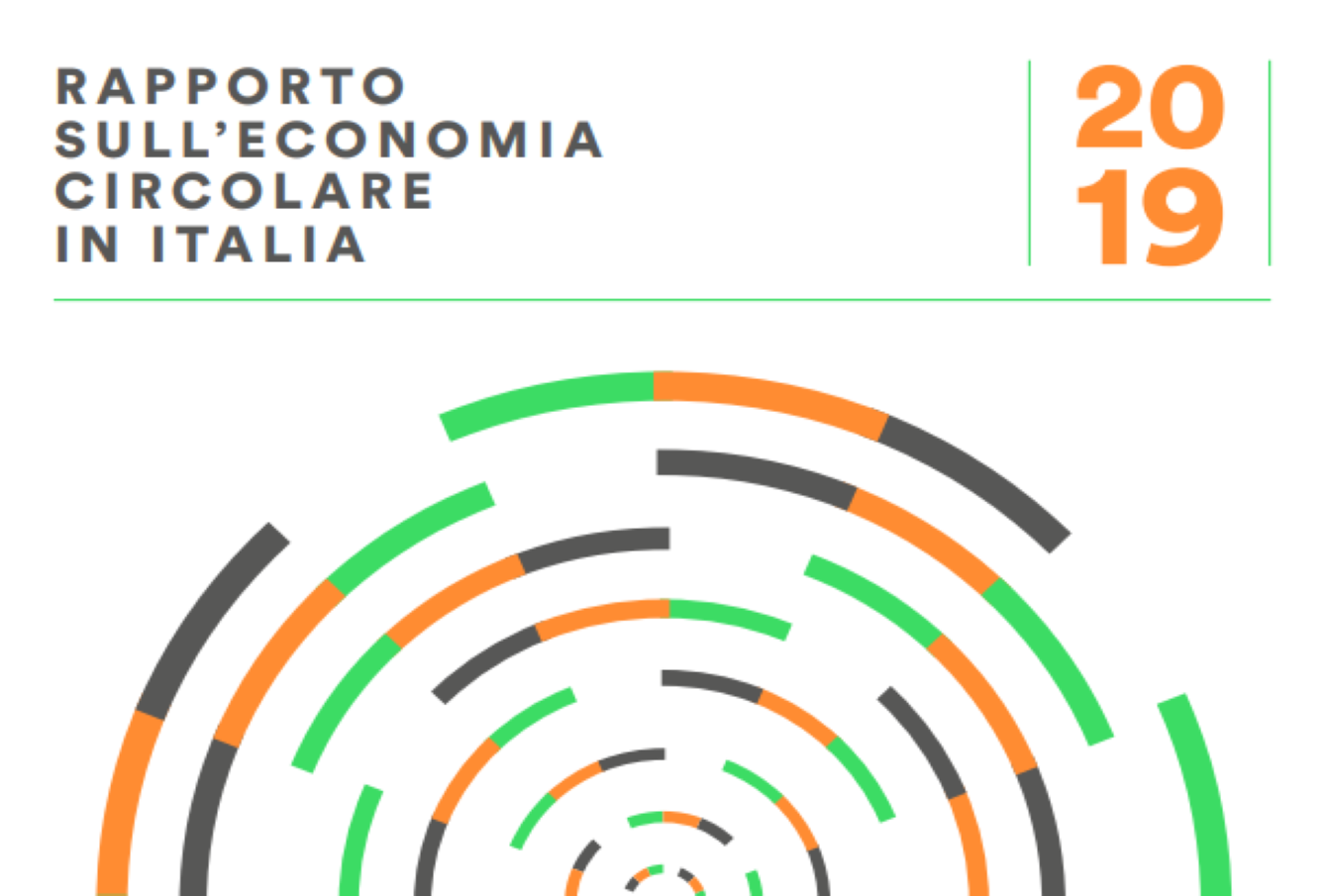 Circular Economy Report 2024: Insights and Challenges for Italy’s Sustainable Transition
Circular Economy Report 2024: Insights and Challenges for Italy’s Sustainable Transition
In 2024, the Circular Economy Observatory released a pivotal report outlining the state of the circular economy in Italy, based on insights from over 550 surveyed companies. This comprehensive document delves into the challenges, achievements, and future prospects of the circular model in the country.
Adoption and Spread of the Circular Economy
The report reveals that 42% of Italian companies have integrated at least one circular economy practice into their operations. While this marks progress, a significant 36% of businesses remain skeptical and have no plans to adopt circular models in the future. Larger companies show greater openness, with a 46% adoption rate compared to 39% among small and medium-sized enterprises (SMEs). This discrepancy may stem from larger companies’ greater access to resources and investment capacity.
Economic and Environmental Impacts
Economically, the circular economy has already generated €16.4 billion in savings. However, the report highlights that this represents just 14% of the total potential that could be achieved with a stronger commitment. On the environmental front, circular practices have reduced CO2 emissions by 2.3 MtCO2eq. Yet, there is still a long road ahead to meet the 2030 targets. Circular practices could potentially cut emissions by up to 16.8 MtCO2eq by 2030—a bold but essential goal for the country’s sustainable future.
Most Common Practices
The most widely adopted circular economy practices in Italy include recycling, which remains the most familiar technique, followed by reuse and design for easy repair. These practices are key to reducing waste and extending product lifecycles. However, the report notes that only 8% of companies use measurement tools to track their progress in circularity, indicating a gap in process management and optimization.
Success Stories: A Showcase of Innovation
The report features over 100 success stories of Italian businesses that have implemented circular business models across various sectors, from manufacturing to fashion. These examples demonstrate how the circular economy can drive environmental sustainability while fostering innovation and economic growth. Companies focusing on extended product lifecycles have achieved significant benefits, including cost reductions and stronger market positions.
Challenges Ahead
Despite the progress, significant barriers remain. Key challenges include regulatory uncertainty and high initial investment costs associated with adopting circular models. Nonetheless, there are promising signs: growing management awareness and regulatory pressures may act as catalysts to accelerate the adoption of the circular economy in Italy.
Opportunities for Italian Businesses
The circular economy presents a tremendous opportunity for Italian businesses to reduce costs and minimize environmental impact. Companies that overcome initial hurdles and adopt circular business models will position themselves as leaders in an increasingly sustainability-driven market.
Proaxxes’ Role in the Circular Economy
Proaxxes supports foreign companies promoting sustainable technologies that aim to enter the Italian market by adopting or embracing the circular economy model. Our mission is to bridge gaps in the Italian market by introducing innovative and sustainable technologies from abroad while enabling these businesses to expand. We firmly believe that true sustainability lies in the circular economy, and we are committed to helping our partners implement these models, ensuring long-lasting results and contributing to a new economy.
Would you like to know more? Contact us!








